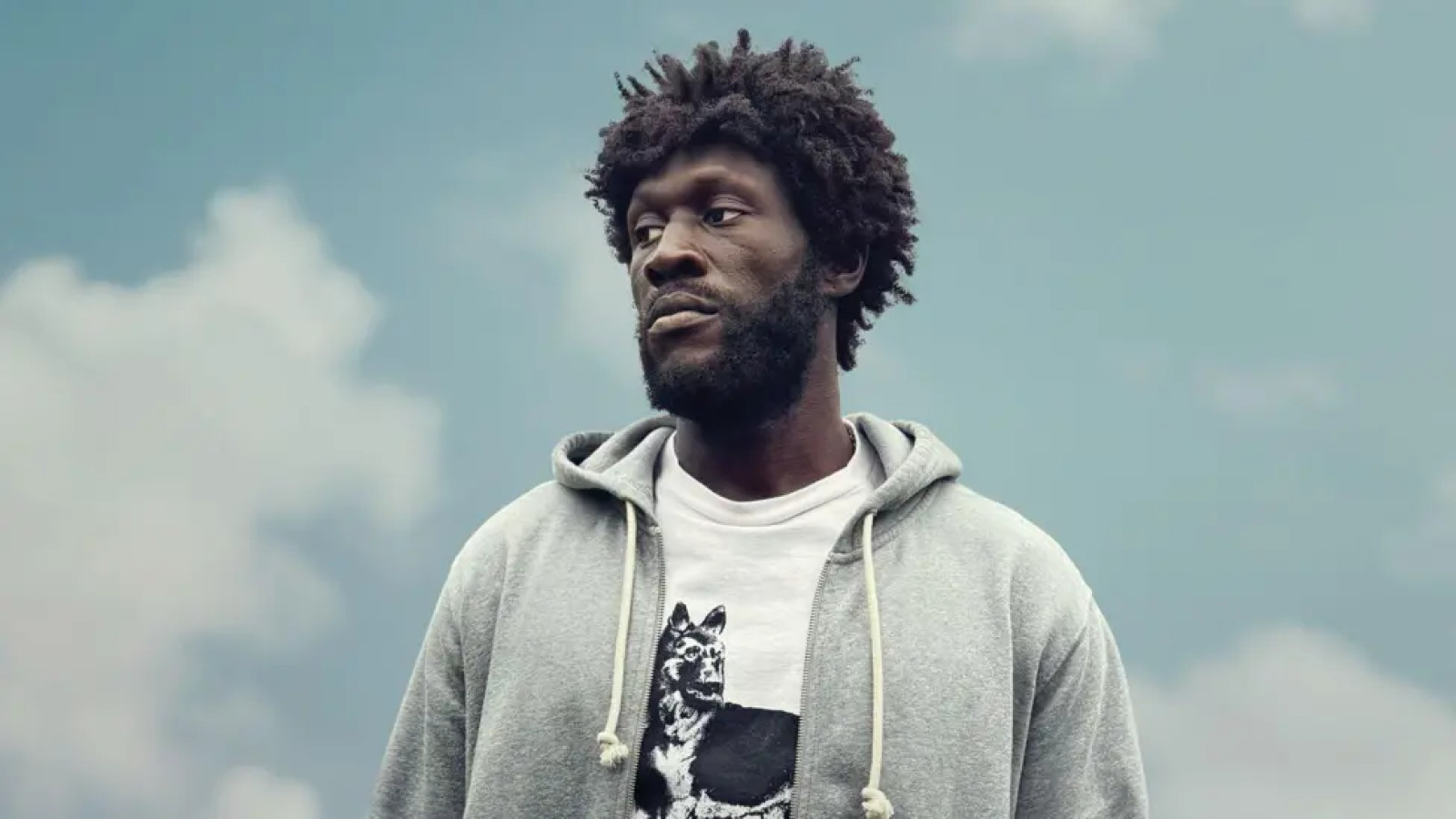Apple, Stormzy, and the new Hollywood

Photo: Apple, Merky Films

How do broadcasters and traditional filmmakers adapt to a YouTube world? It is a question that has hung over the video industry’s old guard for some time now. Yet, social video is nothing new; YouTube is 20 years old, and the creator economy is already worth hundreds of billions of dollars. However, the streaming TV strategies for engaging with a social-first audience can sometimes feel anachronistic and non-committal.
Some TV and movie executives still view social platforms as a marketing vehicle as opposed to a distribution channel. In their eyes, social platforms are a giant pool where they can fish for younger audiences in a bid to reel them back towards their cinema screening or streaming TV service. This approach can still deliver results. Posting the first episode of a new TV series on YouTube to entice viewers towards subscribing for the full season on an SVOD service remains an effective acquisition tactic.
However, it is a strategy that works for some audiences – but not for all. There will always be a significant portion of the social-first audience who will resist sacrificing time spent on a social platform where their community resides, the algorithm serves their niche interests, and the content is free. Link this with YouTube’s success at becoming a leading player in smart TV watch time and the need for TV and film executives to broaden their strategic approach becomes more acute.
To overcome this hurdle, broadcasters and filmmakers need to recalibrate their mindset. They must meet social-first audiences where they are and on their terms. This means creating content that reflects the values of a social first audience, speaks their communities’ language, and dovetails with their consumption habits.
Channel 4 is among the broadcasters whose long-term pivot towards reaching younger audiences on the platforms where they reside is proving fruitful. Its social-first production hub 4Studio created 21,700 pieces of social content that generated 2.3 billion views in the UK (up 5.5% year on year) and 6 billion globally in 2024. Such moves have provided the broadcaster with a platform for diversifying their advertising offer. Channel 4’s social sales team has pioneered a partnership with YouTube to directly sell its own advertising inventory against a portion of its YouTube content in the UK. Part of this success has been focusing on a mix of short-form, mid-form, and long-form to tap into audiences across YouTube, Instagram, and TikTok. Channel 4 does post whole TV shows on social, but they are only part of their content mix.
Featured Report
MIDiA Research 2025–2031 music creator tools forecasts AI comes to town
This music creator tools forecasts report acts as a companion piece to MIDiA’s report “State of music creator economy: AI’s growing reach ” . This report provides analysis, market sizing, and forecasts for users and revenues for music creator tools revenues across the following categories: Software and services DAWs Music software (plug-ins...
Find out more…However, not all notable examples come from the broadcast world. Apple’s ‘shot on iPhone film’ series demonstrates how mid-form premium content can also prosper on social with the right strategic approach. There will be sceptics who will be quick to dismiss the film series as a glossy advertorial for Apple’s premium tech (the iPhone does feature in some of the short films). However, such a dismissal risks overlooking the tech company’s success at engaging entertainment’s current and incoming generation of lean-through consumers. The best example to focus on is Big Man, the 20-minute-long movie featuring UK grime star Stormzy that has generated 6.6m views on YouTube in 6 days (June 25th). Here are three reasons to pay attention to the project:
The new Hollywood: Big Man is a co-production between Apple and Stormzy’s new movie production company Merky Films. However, the content is not only seeking to tap into Stormzy’s following and Apple aficionados, but a well-established fandom on YouTube for black filmmakers depicting raw portrayals of urban London life. YouTube-first short movies such as Amani and Shiro’s Story were born out of London’s rap and grime scene and have clocked a respective 4.1m and 10m views on YouTube since they were published six years ago. These filmmakers ripped up the Hollywood rulebook by taking a guerrilla style approach to filmmaking on an extremely tight budget, with actors also doubling up as crew members. Not only did these projects demonstrate that high-quality content can be produced and monetised on YouTube, but it allowed these filmmakers total creative freedom in the process.
To tap into this creative lane, TV and film executives need to make these creators their social-first content ambassadors and give them the budget and creative autonomy to express themselves. This could mean creating a new content creation lane that runs separately to those productions destined for a SVOD service or the silver screen. Put simply, every studio producing TV and movie content should also aspire to have a hive of guerilla studios making social savvy content for a YouTube and TikTok audiences.
Premium-style content, snackable experience: Hollywood has been burned by the failure of Quibi. The subscription video app, which promised TV content backed with a $2 billion war chest and shows starring Liam Hemsworth and Idris Elba, shut down after six months in October 2020. However, there were a myriad of reasons why the platform failed to cut through, including Quibi's ill-judged monetisation strategy. Big Man shows that premium style content freely distributed to a YouTube audience can generate significant engagement if there is an awareness of who the audience is and how they want to engage. Big Man is in step with the cultural tone and the snackable experience offered by Amani and Shiro’s Story. Both are mid-form in length (15-20 minutes) and more conducive to a smartphone entertainment consumer brought up within a fierce attention economy and on a diet of shorter content via TikTok and Instagram.
Marrying creator tools with fandom: The underlying message of the ‘shot on iPhone film’ series is that anyone with a smartphone can create a premium quality movie and generate engagement. It rightly assumes that Stormzy fans are also creators who will use their phone as the first port of call for producing content. However, Apple is not just saying the iPhone is technologically capable of being a replacement to a digital movie camera; it is suggesting that it is also the right tool for this fan base to tap into the raw, gritty, urban aesthetic that underpins their scene.
Rather than view this as a disruptive or threatening force, TV and movie executives should see the opportunities. Done right, the industry can tap into a significant, younger, audience at a much lower cost. At a time when a failed Hollywood movie hits harder financially than it ever has done, devising a successful YouTube film could not only increase relevancy among the social-first generation but help diversify revenues as well.

The discussion around this post has not yet got started, be the first to add an opinion.